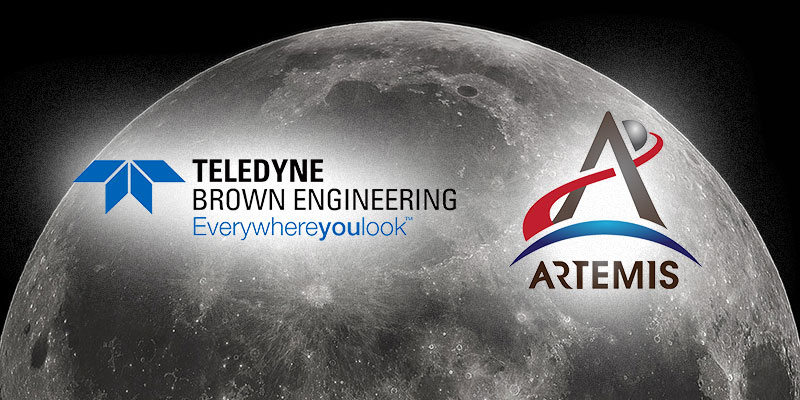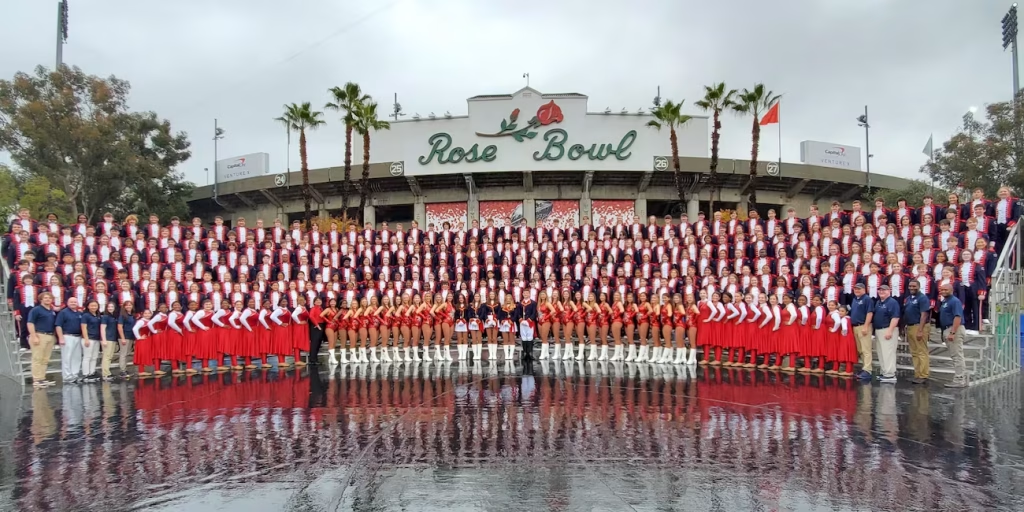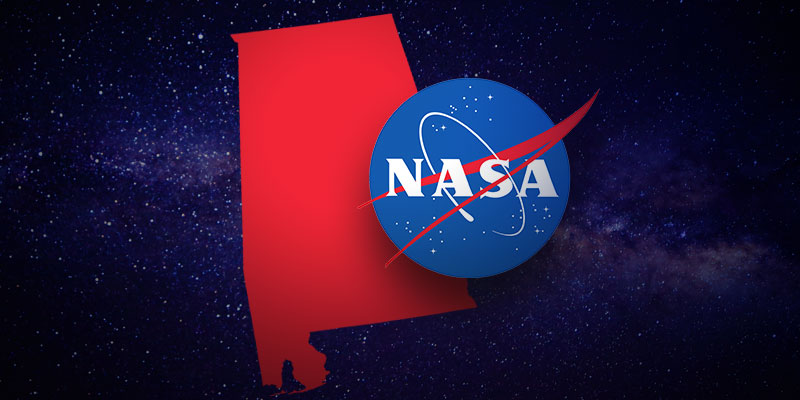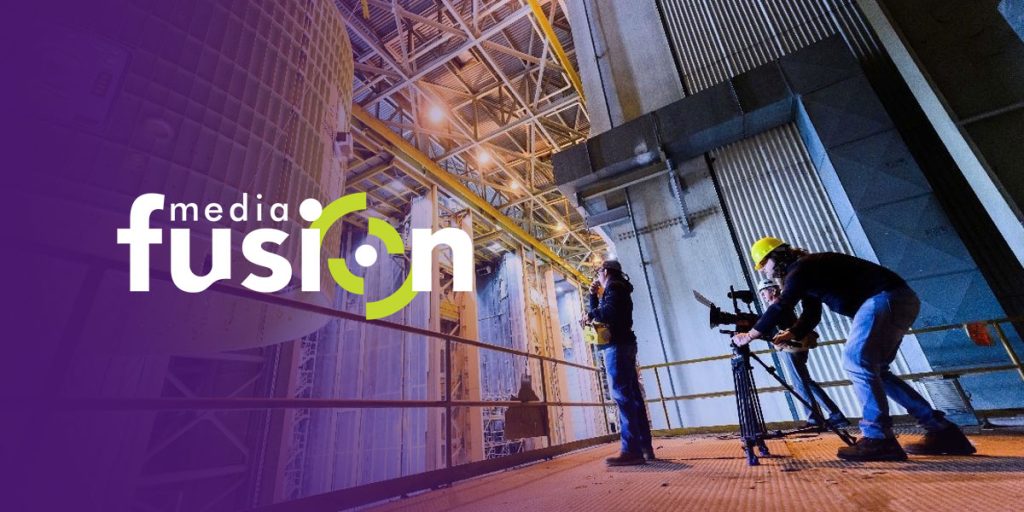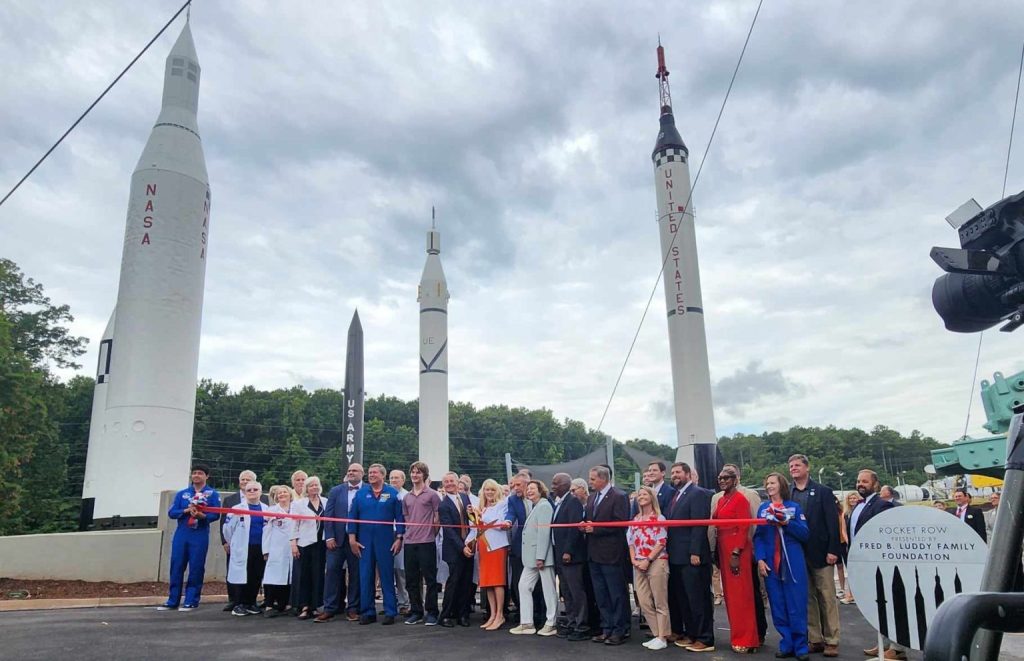Huntsville-based Teledyne Brown Engineering, Inc. (TBE), a division of Teledyne Technologies Incorporated, announced it has been awarded an $85 million contract modification to supply NASA two additional Launch Vehicle Stage Adapters (LVSA) for the historic Artemis II and III lunar missions.
The LVSAs are the largest pieces of the current configuration of the Space Launch System (SLS) to be built at Alabama’s Marshall Space Flight Center, which is playing a leading role in the Artemis program.
SLS is the most powerful rocket in world history scheduled to power Americans back to the moon in 2024 through the Artemis program.
Artemis II is the first scheduled crewed mission of NASA’s Orion spacecraft, currently planned to be launched in August 2023. The current plan is for a crewed Orion to perform a lunar flyby test and return to Earth. Scheduled for launch in October 2024, Artemis III is planned to be the second crewed mission of the program and the first crewed lunar landing since Apollo 17 in 1972. This mission will also include landing the first woman ever on the lunar surface.
SLS is part of NASA’s new backbone for deep space exploration, along with the Orion spacecraft and the Gateway in orbit around the moon. Indeed, it is the only rocket that can send Orion, astronauts and supplies to the moon in a single mission.
Alabama’s aerospace industry has led the effort to build the SLS, which stands 212 feet high and 27.6 feet in diameter.
Boeing is the core stage lead contractor, and Aerojet Rocketdyne is the RS-25 engines lead contractor. The SLS program is managed out of Marshall Space Flight Center, while Boeing’s Huntsville-based Space and Launch division manages the company’s SLS work.
Each LVSA provides the physical interface between the SLS Core Stage and the Interim Cryogenic Propulsion Stage (ICPS). The adapter also serves as the critical separation system used to separate the Core Stage of the rocket from ICPS.
The cone-shaped LVSA is roughly thirty feet in diameter by thirty feet tall and consists of sixteen Aluminum-Lithium 2195 alloy panels.
“TBE is thrilled to be a part of the monumental Artemis spaceflight moon missions, providing its 2nd and 3rd LVSA units which further solidify our prominence in designing and building spaceflight hardware,” stated Jan Hess, president of Teledyne Brown Engineering and a 2018 Yellowhammer Woman of Impact. “We are proud to continue our decades long partnership with MSFC (Marshall Space Flight Center), where our teams have worked tirelessly to help propel our nation beyond the Earth’s gravity.”
Teledyne Brown Engineering, contracted previously by NASA to provide engineering, technical support and hardware, already delivered the LVSA Structural Test Article in 2016 and then Flight Unit 1 in July 2020. Flight Unit 1 is the LVSA for Artemis I and the last piece of hardware for that mission to depart Marshall en route to Florida’s Kennedy Space Center.
Artemis I, per NASA, will be the first integrated flight test of SLS and the Orion spacecraft. This will be an uncrewed test flight, currently expected to occur in November 2021.
Established in the Rocket City as Alabama Engineering and Tool in 1953, Teledyne Brown Engineering was the first high-technology firm formed to assist Wernher von Braun and his team in developing the Redstone Rocket. The company’s leadership founded Cummings Research Park, where Teledyne Brown Engineering is still located to this day.
Sean Ross is the editor of Yellowhammer News. You can follow him on Twitter @sean_yhn




